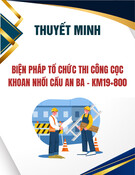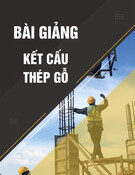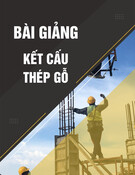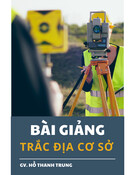
71
TAÏP CHÍ KHOA HOÏC VAØ COÂNG NGHEÄ ÑAÏI HOÏC COÂNG NGHEÄ ÑOÀNG NAI
Số: 03-2024
PRIORITIZED COLLISION RISK ASSESSMENT FOR
AUTONOMOUS VEHICLES: ENHANCING PEDESTRIAN SAFETY
Le Minh Phung1*
1Dong Nai Technology University
*Corresponding author: Le Minh Phung, leminhphung@dntu.edu.vn
GENERAL INFORMATION
ABSTRACT
Received date: 21/03/2024
For the development of autonomous vehicles (AVs) in city
areas, the safety of pedestrians continues to be very important.
This report introduces an innovative algorithm for assessing
collision risk with multiple pedestrians. The main feature of
this algorithm is its ability to rank collision risks according to
different pedestrian traits. By using predictive analysis and
strategies for risk prioritization, this method can find and
lessen possible collision situations before they occur. It greatly
improves the safety level towards pedestrians within urban
traffic settings The experimental validation shows that the
algorithm for assessing risk is very effective in reducing
collision rates among different groups of pedestrians. This
important result helps to make AVs safer by dealing with
potential collisions beforehand, giving more trust and security
to people walking nearby. This paper has made a useful
contribution to improve safety in AVs by presenting a
thorough system for evaluating the possibility of pedestrian
collisions. It sets a framework that can be used as standard way
for future researches on this topic, promoting continuous
development towards safer interactions between AVs and
people walking on roads.
Revised date: 17/04/2024
Accepted date: 07/05/2024
KEYWORD
Pedestrian Collision Risk;
Autonomous Vehicles;
Motion Prediction;
Urban Traffic Safety;
Pedestrian Detection.
1. INTRODUCTION
Ensuring pedestrian safety amidst the
burgeoning landscape of autonomous vehicles
(AVs) stands as a paramount challenge in
modern urban planning and transportation. In
today's complex urban ecosystems, pedestrians
encompass a diverse spectrum of demographics
and modes of mobility, each carrying distinct
risks and considerations (Virdi et al., 2019; Xu
et al., 2020). Table 1 provides an overview of
the speeds at which various pedestrian targets
traverse urban environments, shedding light on
the multifaceted nature of pedestrian dynamics.
Table 1: The speeds at which various
pedestrian targets traverse urban environments
Pedestrian Targets
Speed (km/h)
Adults
5
Children
3
The disabled (Wheelchair)
10
Bikes
15
Motor Kickboards
20






























